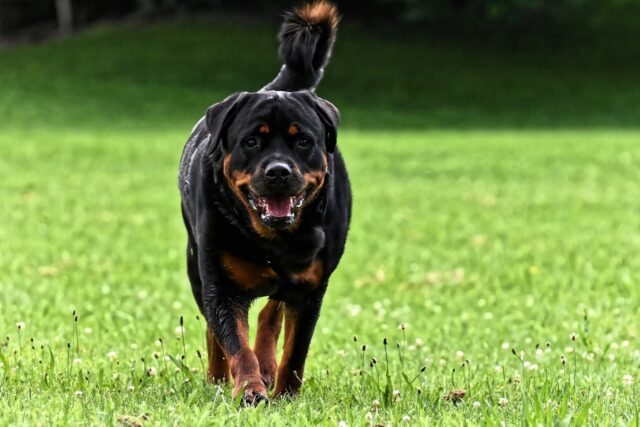 Shutterstock
Shutterstock
Choosing a dog breed that aligns with one’s lifestyle, experience, and expectations is crucial for a harmonious relationship between dog and owner. Dog trainers often encounter breeds that, while popular or appealing in certain aspects, present challenges that might be too much for inexperienced or unprepared owners. Such breeds typically require more intensive training, and consistent management, or have needs that can be demanding. Some dogs might be too energetic, too strong-willed, or too high-maintenance for the average pet owner.
Belgian Malinois
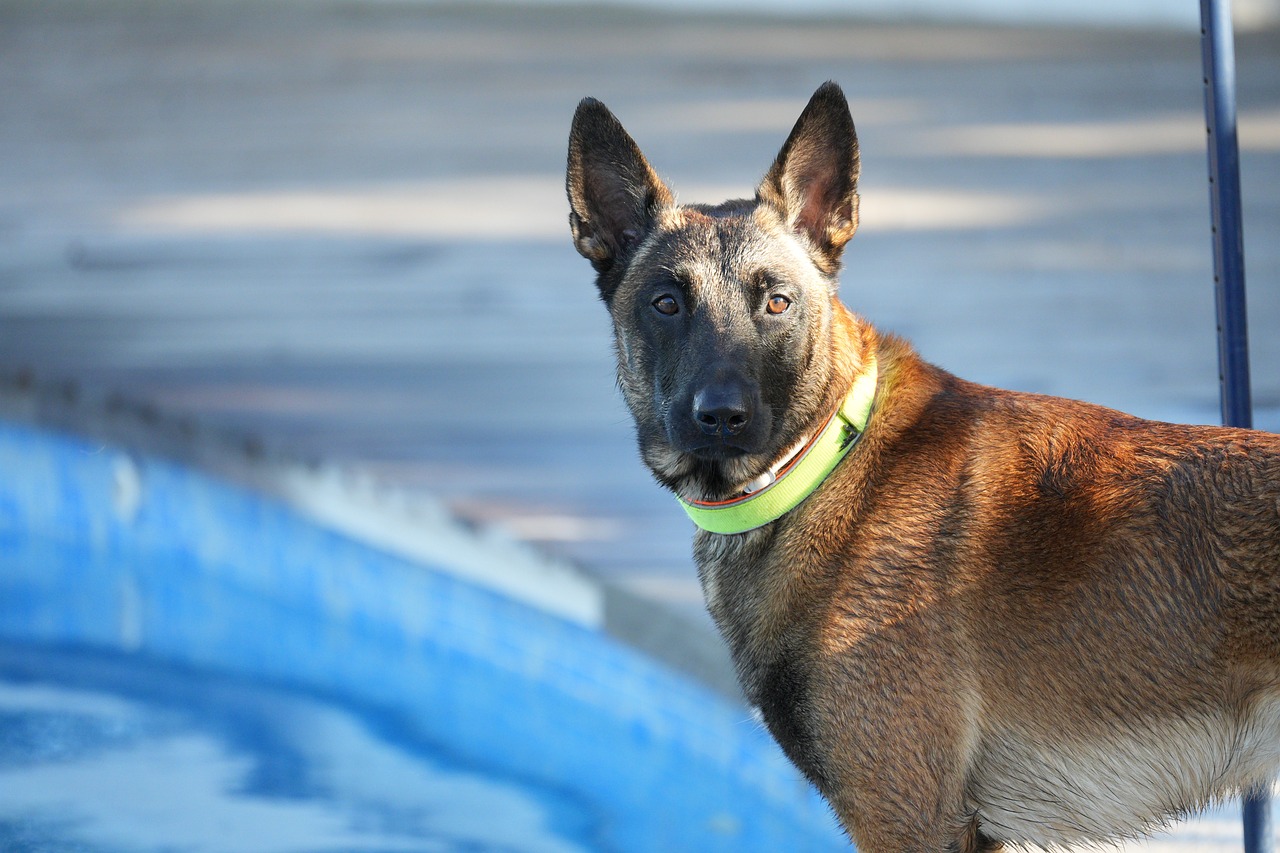 Shutterstock
Shutterstock
Belgian Malinois are highly intelligent and active dogs that thrive when they have a job to do. Originally bred for herding, their high energy and intense work ethic make them less suited for casual pet ownership. They require rigorous daily exercise and mental stimulation to prevent destructive behavior. Due to their strong protective instincts, Malinois also need extensive socialization and training to ensure they are well-adjusted. Without the right training, they can become overly aggressive towards strangers and other animals, making them a challenging breed for first-time owners.
Australian Cattle Dog
 Shutterstock
Shutterstock
Australian Cattle Dogs are another herding breed that is not recommended for everyone. Known for their intelligence and high energy, they need a lot of physical and mental stimulation. If not provided with adequate exercise, they can become destructive. Australian Cattle Dogs are also known for their stubbornness, which can make training a challenge without consistency and patience. They are best suited for owners who lead active lifestyles and are experienced in handling strong-willed dogs.
Jack Russell Terrier
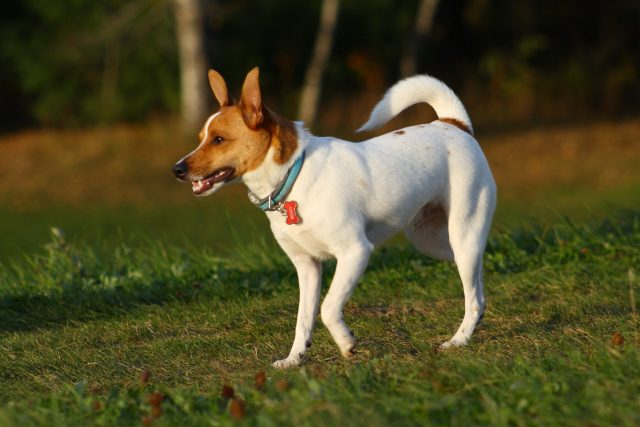 Shutterstock
Shutterstock
Siberian Huskies are popular because of their striking appearance and friendly nature, but they are notoriously difficult to train. They are extremely independent and will often ignore commands if not properly motivated. Huskies require a lot of exercise to manage their high energy levels, and their strong prey drive can lead them to chase small animals. Their tendency to howl can also be problematic in urban settings. Huskies are best suited for experienced owners who can provide firm, consistent training and plenty of physical activity.
Siberian Husky
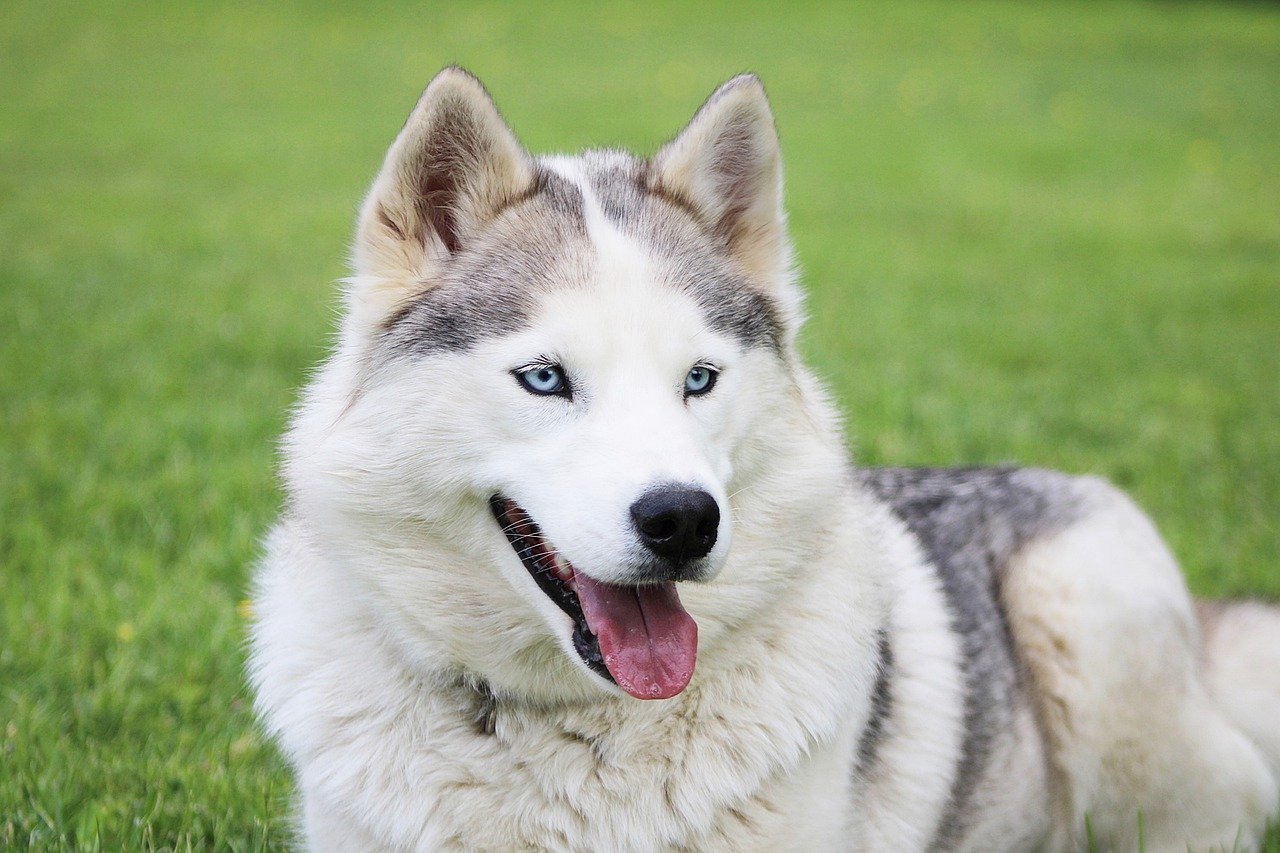 Shutterstock
Shutterstock
Siberian Huskies are popular because of their striking appearance and friendly nature, but they are notoriously difficult to train. They are extremely independent and will often ignore commands if not properly motivated. Huskies require a lot of exercise to manage their high energy levels, and their strong prey drive can lead them to chase small animals. Their tendency to howl can also be problematic in urban settings. Huskies are best suited for experienced owners who can provide firm, consistent training and plenty of physical activity.
Rottweiler
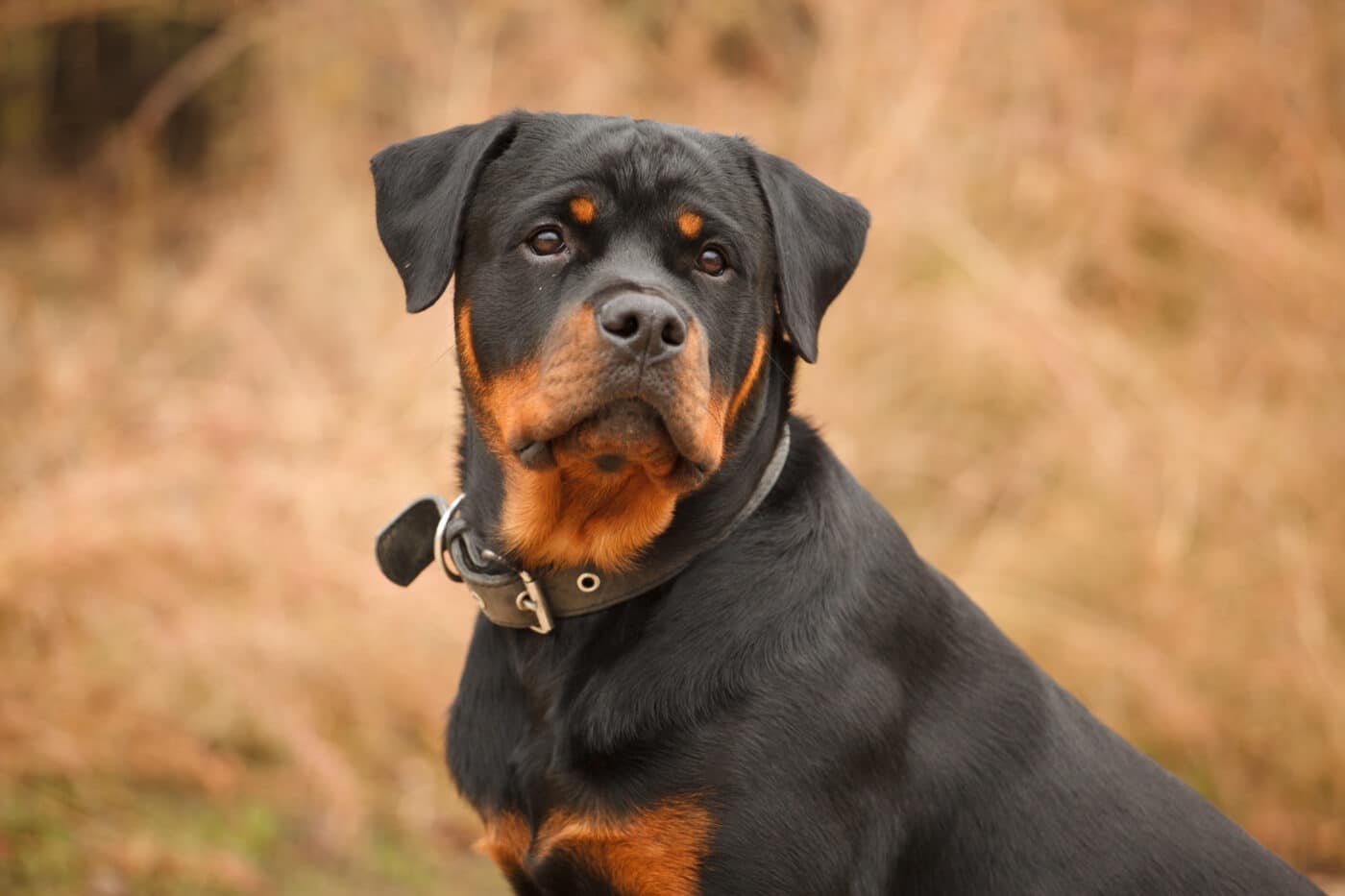 Shutterstock
Shutterstock
Rottweilers are powerful dogs with a strong guarding instinct, which makes them excellent protectors but also a liability if not properly trained. They require an owner who can establish clear leadership and provide extensive socialization, as their protective nature can lead to aggression if they perceive a threat. Rottweilers are not recommended for first-time owners due to their size, strength, and the level of training required to ensure they are safe and sociable.
Weimaraner
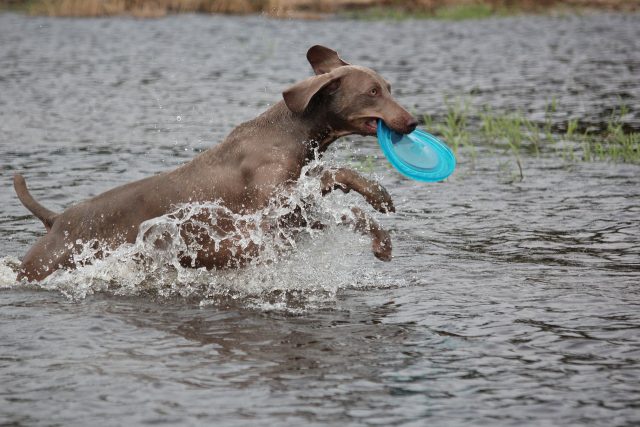 Shutterstock
Shutterstock
Weimaraners are affectionate and energetic dogs that are often too much for inexperienced owners to handle. They were originally bred for hunting, which means they have a lot of energy and require extensive exercise. Without enough physical and mental stimulation, Weimaraners can become destructive. They are also known for suffering from separation anxiety, which can manifest in undesirable behaviors when left alone.
Akita
 Shutterstock
Shutterstock
Akitas are large dogs with a strong territorial instinct, which can make them excellent guard dogs but also prone to aggression. They are fiercely loyal to their families but can be aloof and even hostile toward strangers. Akitas require early socialization and training to ensure they are well-behaved around other people and animals. They are best suited for experienced dog owners who can handle their size and protectiveness.
Dalmatian
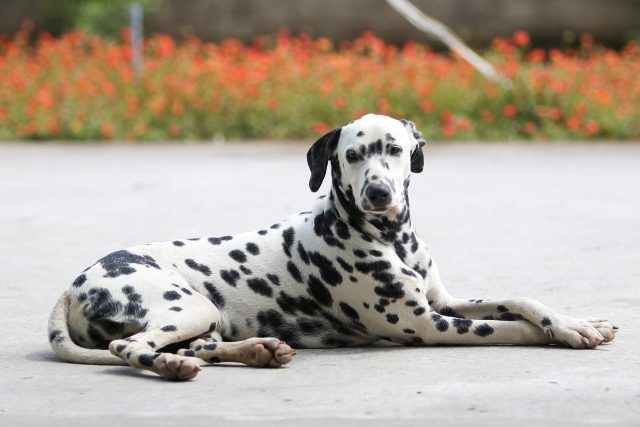 Shutterstock
Shutterstock
Dalmatians are high-energy dogs that were originally bred to run under or alongside horse-drawn carriages, so they require a lot of exercise. They can be standoffish with strangers and sometimes aggressive with other dogs. Dalmatians also have a strong prey drive, which requires careful management. Without the right training and socialization, they can become shy or high-strung, making them a challenge for first-time owners.
Chow Chow
 Shutterstock
Shutterstock
Chow Chows are known for their aloof demeanor and independent nature, which can make them appear cat-like. They are not particularly easy to train and require an owner who understands how to work with a breed that might not be eager to please. Chows need early socialization to be comfortable around strangers and other animals, as they can be territorial and protective of their home and family.
Bullmastiff
 Shutterstock
Shutterstock
Bullmastiffs are giant breeds known for their physical strength and protective instincts, which can make them excellent family guardians. However, their size and power are not suited to everyone. They require an owner who can provide firm, consistent leadership and training from an early age. Bullmastiffs can be stubborn and are not particularly active, but they still require regular exercise to keep them healthy and prevent behavior problems.
Cane Corso
 Shutterstock
Shutterstock
The Cane Corso is a majestic Italian breed known for its loyalty and protective instincts. These dogs are powerful and require an owner who can provide strong leadership and extensive training. Without this, the Cane Corso can become dominant and difficult to control. They are not recommended for inexperienced dog owners because they need consistent discipline and socialization to be well-adjusted.
Greyhound
 Shutterstock
Shutterstock
Greyhounds are famously fast and have a high prey drive, making them unsuitable for off-leash areas unless securely fenced. They are generally quiet and docile at home but can be aloof with strangers. Greyhounds require gentle handling and can be sensitive, so they are not the best choice for a boisterous household. They also have specific health and dietary needs that must be managed.
Saint Bernard
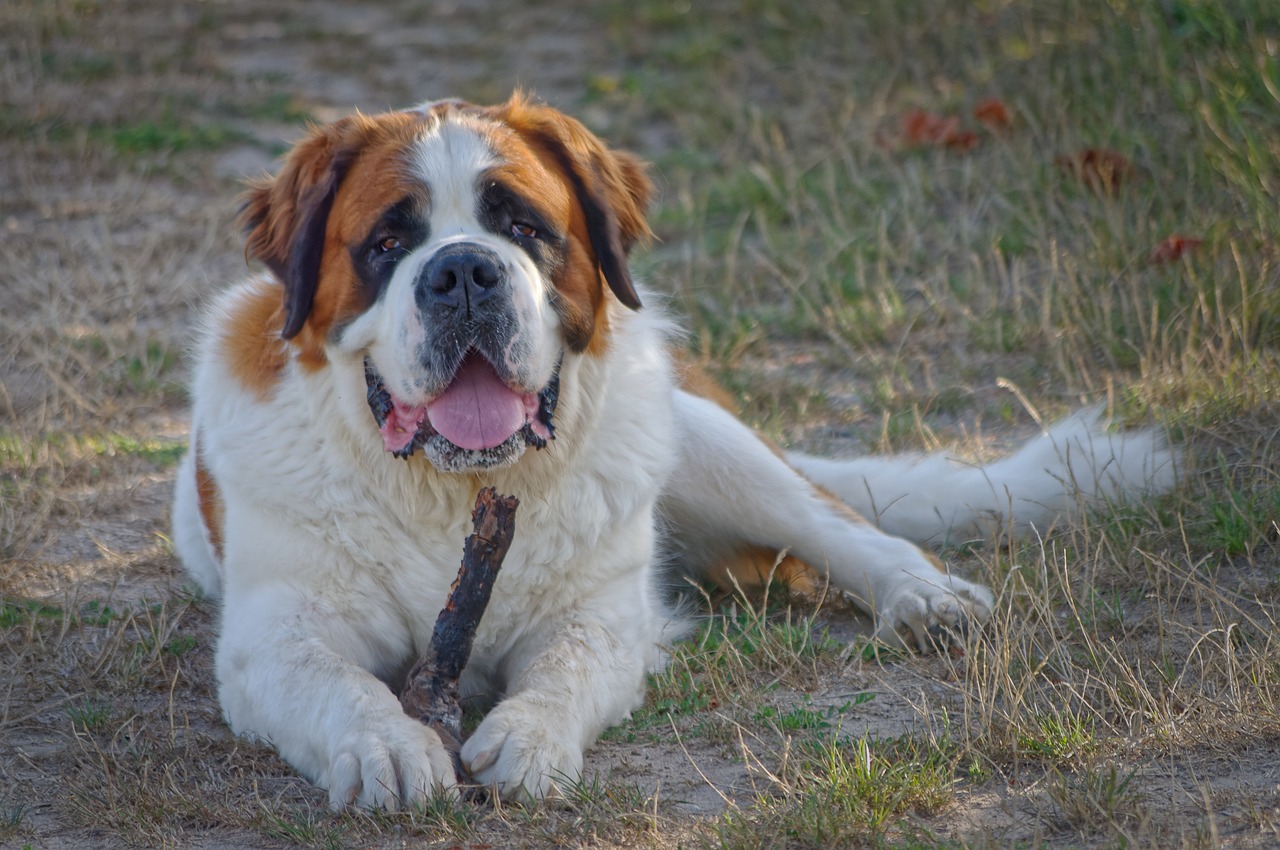 Shutterstock
Shutterstock
Saint Bernards are gentle giants known for their calm and friendly disposition. However, their large size makes them a challenging breed to manage. They require space to move around and can be prone to drooling and shedding. Their need for regular grooming and potential health issues, such as hip dysplasia, make them a significant commitment. Saint Bernards are best suited for owners who have the space and resources to accommodate such a large dog.
Shar Pei
 Shutterstock
Shutterstock
Shar Peis are distinctive for their deep wrinkles and blue-black tongue. They are often standoffish with strangers and can be aggressive toward other dogs. Shar Peis require early socialization and consistent training to manage their independent nature. They also have unique health concerns related to their skin folds, which require regular care to prevent infections.
Borzoi
 Shutterstock
Shutterstock
Borzois are sighthounds that are incredibly fast and have a high prey drive. They are generally quiet and reserved but require regular exercise to manage their energy levels. Their independent nature can make training a challenge, and they are not typically eager to please their owners. Borzois are best suited for owners who appreciate their unique characteristics and can provide them with the space and exercise they need.
Making Smart Choices in Dog Adoption
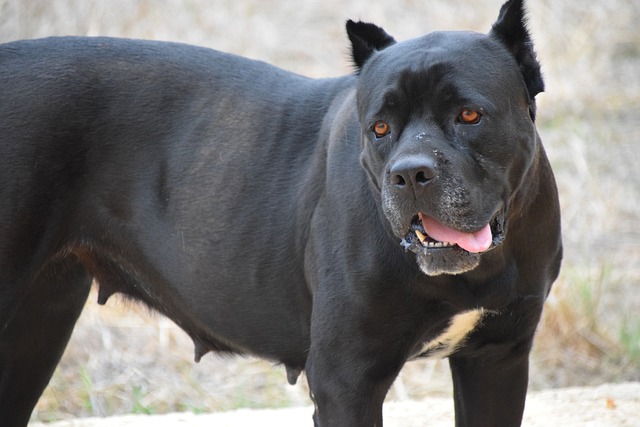 Shutterstock
Shutterstock
These breeds can make wonderful pets, they require owners who are well-prepared for their specific needs. Prospective dog owners should carefully consider whether they can meet the demands of these breeds, including providing appropriate training, exercise, and care. Understanding the challenges associated with each breed can help ensure a successful and rewarding relationship between dog and owner.
 Toledo, United States.
Toledo, United States.